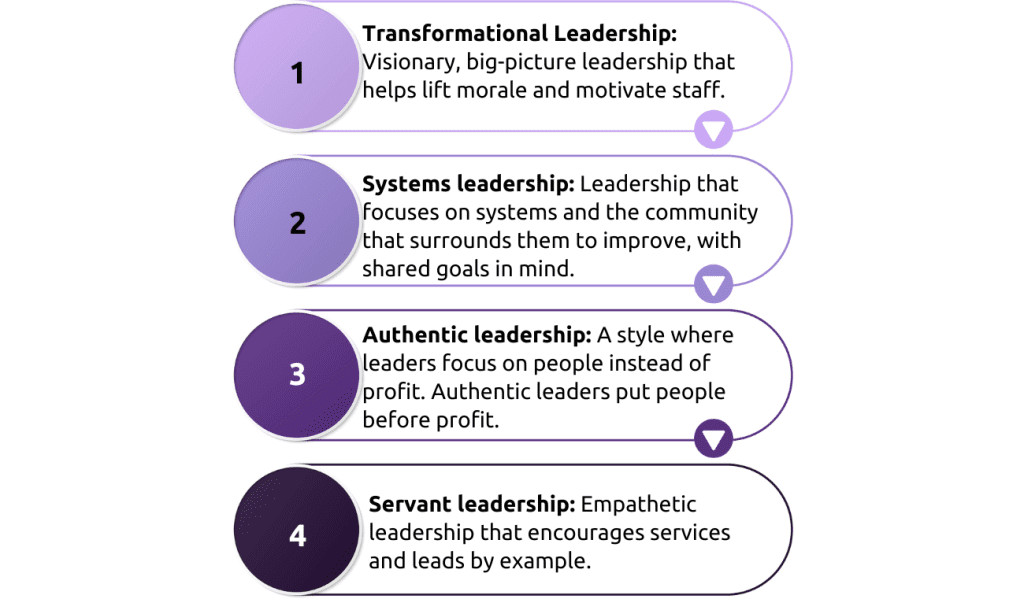Volatility, Uncertainty, Complexity, and Ambiguity (VUCA) in Healthcare
Read the Magazine in PDF
Abstract
This article focuses on uncertainty and complexity in healthcare. Effective leadership, embracing change, and implementing corrective action are crucial for patient safety and quality improvement in this rapidly evolving industry. Adopting a transformative leadership approach and being open to learning can ensure healthcare organizations succeed in the dynamic healthcare landscape.
Introduction
Healthcare is an ever-evolving industry with numerous challenges and uncertainties. Navigating this complex landscape is crucial for providers to deliver optimal patient care. This article explores the intricacies of the healthcare industry and the importance of understanding its dynamic environment.
Challenges of the industry
- Uncertainty in Healthcare: Limitations in knowledge and a lack of clear information contribute to uncertainty in healthcare. This leads to distrust between providers and patients, decreasing patient satisfaction and confidence in the healthcare system. Addressing uncertainty is vital for improving the overall qual patient satiPfaction and confidence in the healthcare system. Addressing uncertainty is vital for improving the overall quality of care.ity of care.
- Complexity in Healthcare: The healthcare industry’s complexity arises from multiple decision factors, interconnected networks, and reliance on various systems. This complexity extends beyond patient care and includes the healthcare delivery system. Rapid changes in healthcare, such as social, economic, technological, and legal developments, add to the challenges providers face in keeping up
- The Changing Landscape of Healthcare: The healthcare industry is experiencing rapid transformations, including social, economic, technological, and legal changes.
Additionally, issues with capping strengths and pricing need attention. To provide the best care for patients, healthcare providers must continually adapt and refine their practices to meet evolving requirements.
Understanding the complexities and uncertainties of the healthcare industry is vital for delivering optimal patient care. Healthcare providers must be aware of the rapidly changing environment and be prepared to adapt to meet patients’ evolving needs. Success in this complex and volatile landscape requires a clear vision and consistency in navigating challenges and uncertainties.
Navigating the VUCA Environment in Healthcare: Embracing Change and Taking Risks for Success
The healthcare industry is experiencing a major transformation with the introduction of new technologies and innovative practices, resulting in unprecedented challenges and uncertainty, known as VUCA (Volatility, Uncertainty, Complexity, and Ambiguity). The COVID-19 pandemic exemplifies the VUCA environment, with daily emerging information and treatments.
Providers are struggling to keep up with rapid developments, leading to delayed decision-making, mistrust, and misperception. In this complex and uncertain setting, providers must embrace change, take calculated risks, and maintain a clear vision of the future.
To succeed in this dynamic landscape, healthcare providers should embody the qualities of Lord Ganesha – displaying wisdom and prosperity, constantly moving, and relinquishing the fear of financial risk and control-induced inaction.
Leaders and organizations must anticipate future trends, proactively adapt to technological advancements, and remain relevant.
By embracing change, taking risks, and having a clear vision, healthcare providers can thrive in this ever-evolving industry.
The Importance of Effective Leadership in Healthcare Delivery
Effective leadership is crucial in managing any group environment, including healthcare delivery systems. Successful leaders understand what is essential and controllable in their environment, focusing on these elements to drive positive change. Goal-oriented and quick-thinking, leaders must identify and overcome obstacles, especially in times of uncertainty.
In healthcare, leaders must foster a culture of partnerships, prioritizing patient outcomes and quality improvement over siloed approaches. Communication, relationship-building, and a safety culture are essential for effective leadership. Recognizing achievements, providing support, and addressing harmful behaviors demonstrate commitment to high standards.
To succeed, leaders must comprehend organizational challenges and adapt to rapid changes while staying focused on goals. By emphasizing patient outcomes and quality improvement, leaders can position their organizations for success in an ever-changing world. Being goal-oriented, obstacle identifiers and quick thinkers are traits that enable effective leadership in healthcare delivery.


Corrective Action: The Importance of Safety and Quality Improvement
Corrective action is crucial for quality control and process improvement. It involves identifying root causes and taking the necessary steps to rectify issues, requiring effective communication with stakeholders. Prioritizing safety and quality is vital for organizations, fostering a positive team environment where contributions are encouraged.
The following are the possible steps:
- Recognizing successes: It reduces anxiety, boosts motivation, and promotes teamwork. Embracing technology and innovation helps convert challenges into opportunities, necessitating transformative leadership for progress.
- Strategies: This may include new technologies and policies focused on patient safety and quality improvement are essential. Evidence-based care and continuous learning minimize limitations, enabling quick action in ambiguous situations.
- Adaptation: Being agile, flexible, and visionary helps adapt to changing dynamics and unforeseen outcomes. Stepping outside of comfort zones and seizing opportunities are valuable for progress.
To overcome complexity, understanding the ecosystem and empowered action is crucial. Having a clear vision and the courage to act can help overcome overwhelming complexity.
Conclusion
Corrective action is an essential component of quality control and process improvement. The goal should be to prioritize all stakeholders’ safety and well-being and embrace technology and innovation to achieve this. We can overcome challenges and achieve a happy and fulfilling outcome by having a clear vision, adopting a transformative form of leadership, and being open to learning, unlearning, and relearning.
Author
-

Vice Chairman RUS Education and Vice-Chancellor Lincoln American University



